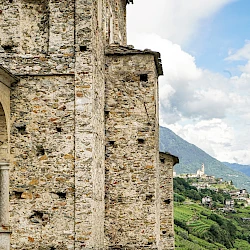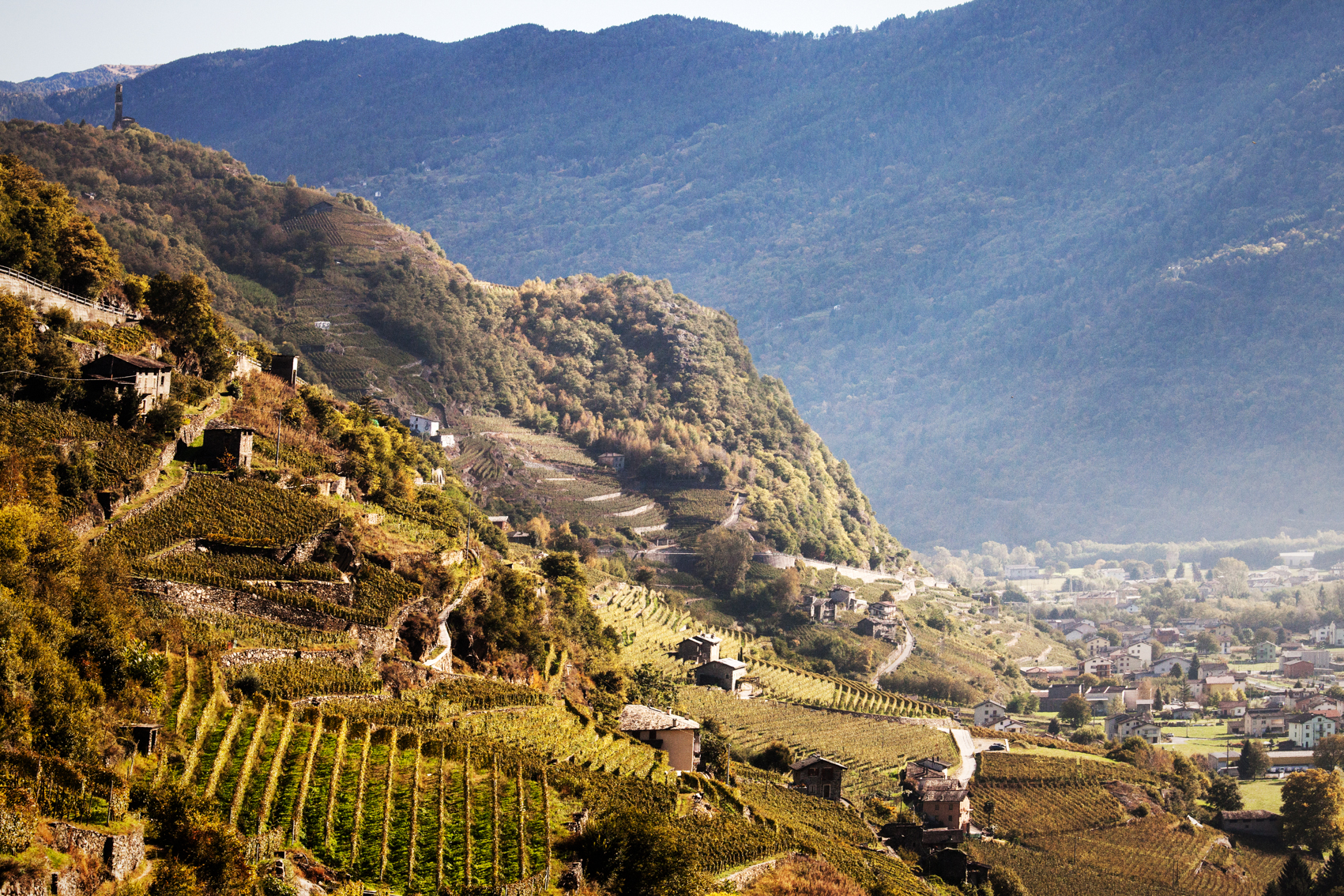
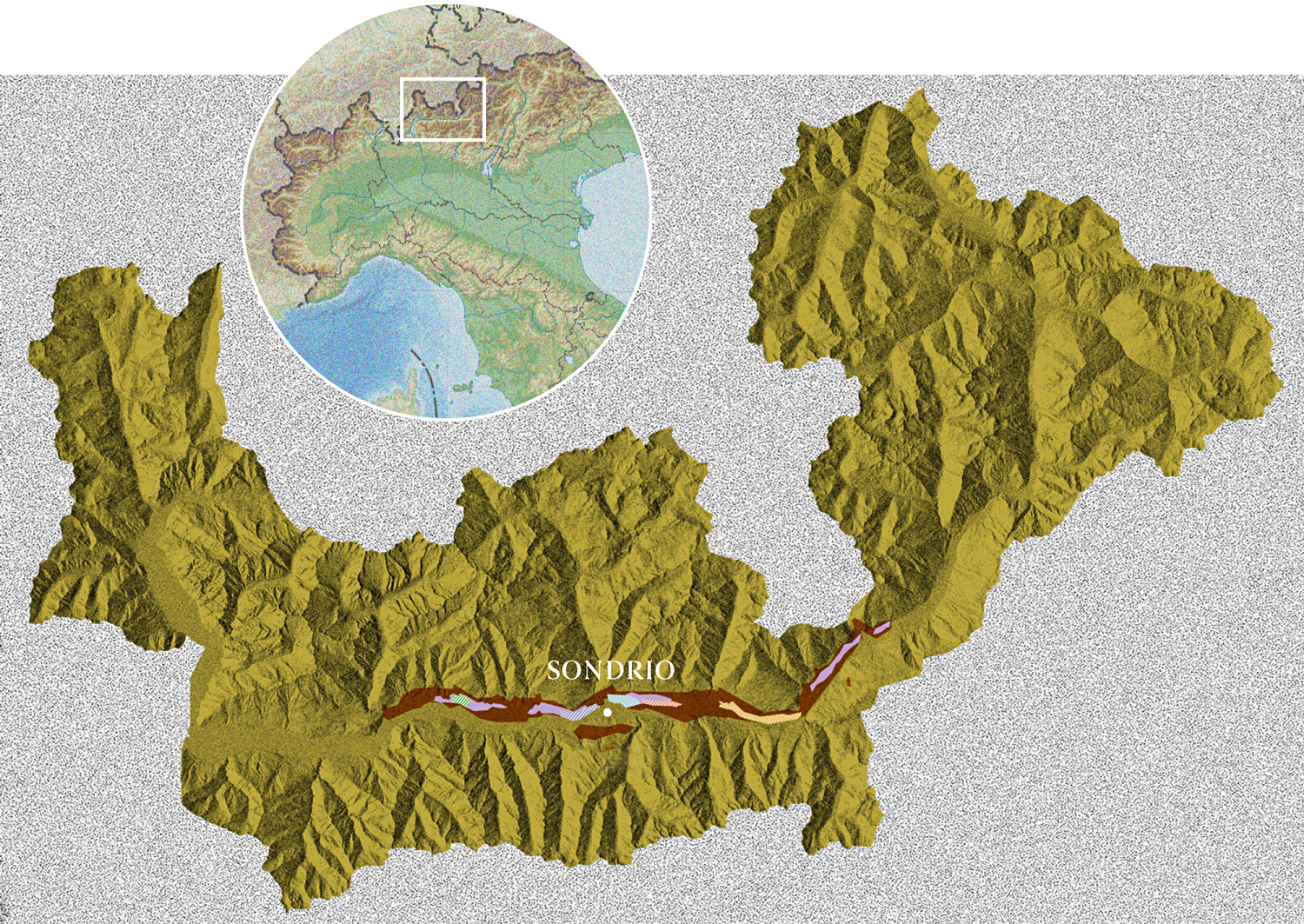
The Rhaetian vine-growing mountainside is distributed longitudinally, from west to east against the current of the River Adda. In this area of Valtellina, extended for about 50 kilometres, the territory takes different angles, it exposes itself to sun and to the local microclimate rich in different shades. Valtellina viticultural territory is therefore a set of different local facets that explains the subdivision of this area in 5 historic subzones of Valtellina Superiore.
Differences among the Valtellina vineyards can be spotted from the bottom to the top. In addition to the subzones, vineyards differ from each other due to their elevation, for their collocation from 270 to 700 metres of altitude. All these aspects make this territory rich in biodiversity.
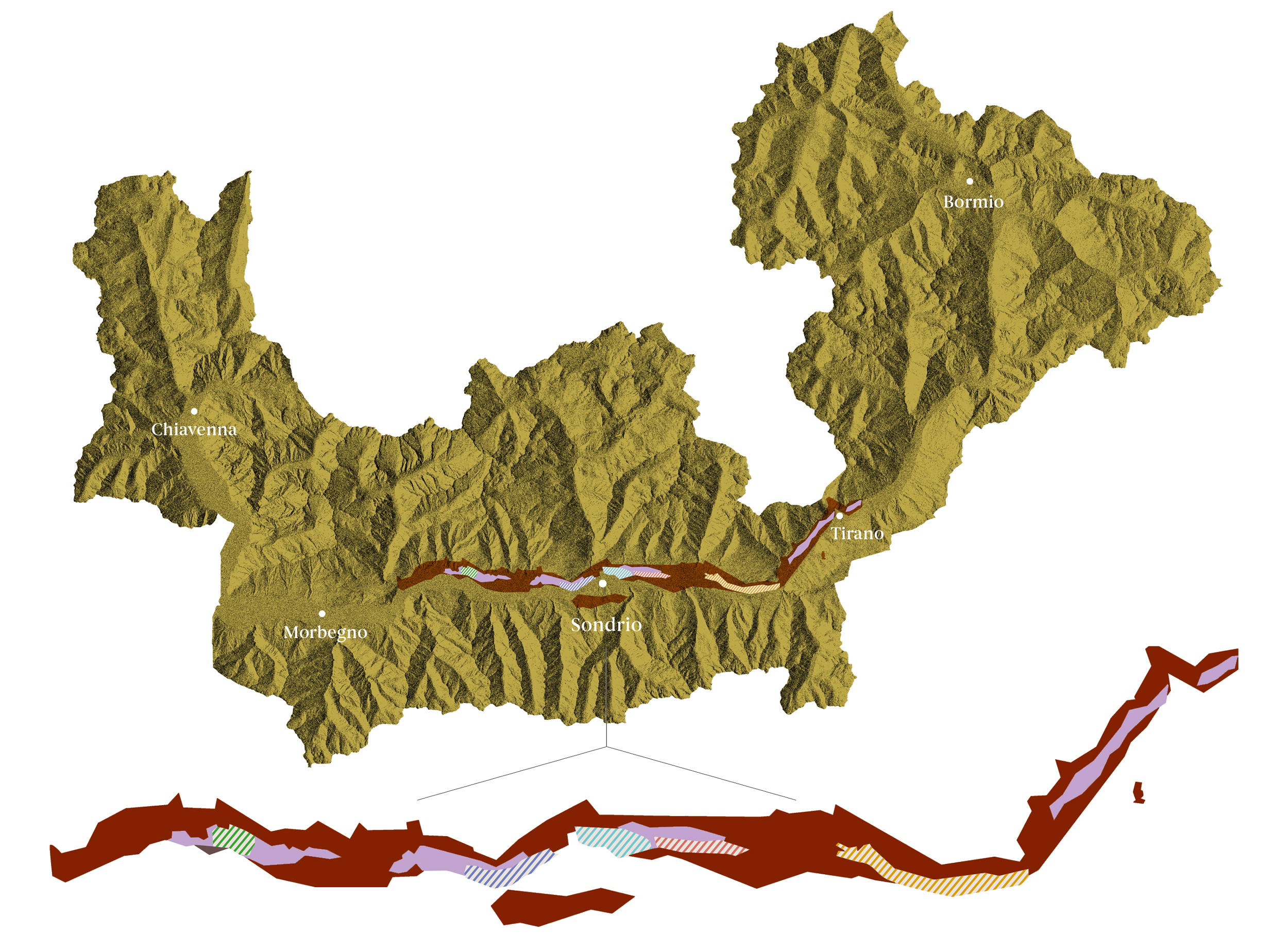
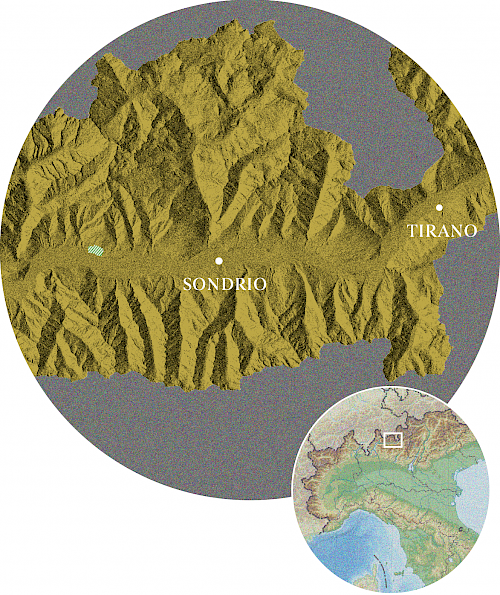 It’s the westernmost subzone of Valtellina and it extends from the westernmost part of Berbenno, close to the border with Buglio in Monte, between 270 and 550 metres of altitude. It was also the last one to be recognized as a subzone (in 2002). The vineyard rises on a limited surface. The territory of Maroggia consists of 25 terraced hectares, characterized by substantial slopes where we can spot different productive areas quite inclined to the south; among them Garbisc, cecca, Al Dosso, Righetta, Piasci, Malenca, Casini.
It’s the westernmost subzone of Valtellina and it extends from the westernmost part of Berbenno, close to the border with Buglio in Monte, between 270 and 550 metres of altitude. It was also the last one to be recognized as a subzone (in 2002). The vineyard rises on a limited surface. The territory of Maroggia consists of 25 terraced hectares, characterized by substantial slopes where we can spot different productive areas quite inclined to the south; among them Garbisc, cecca, Al Dosso, Righetta, Piasci, Malenca, Casini.
The number of over 40 years old vineyards is substantial, but there are also some new plants, thanks to reclamation activities of the abandoned area by some virtuous producers.

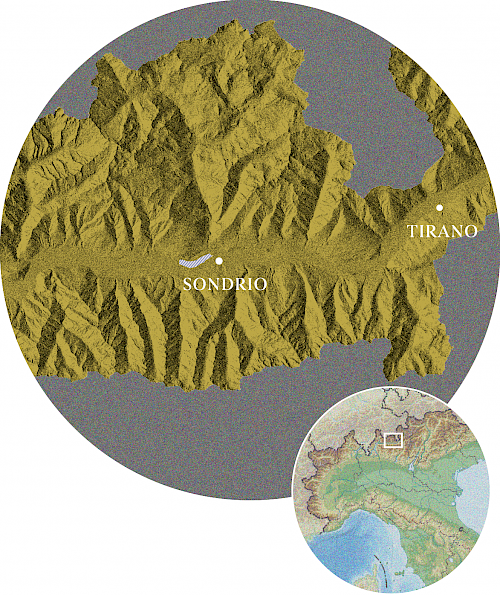
The historic and perhaps most famous subzone of Valtellina extends from Castione Andevenno to the western outskirts of Sondrio. An heritage for an overall surface that exceeds 100 hectares. Sassella takes its name from Madonna della Sassella Shrine. Sassella is a reference to stones, to the lined dry stone walls embedded in the mother rock.
The area is divided in two parts, with the village of Triasso in the center. The easternmost part is the one towards San Lorenzo characterized by very limited spaces. Small portions of mountain stuck in the mountain and looking towards Sondrio. The western area coincides with Grigioni village up to Castione: here Sassella looks up and opens to a more accentuated exposition to the winds. The altimetric variability of the vineyards is rich, from 270 to 600 metres above sea level.

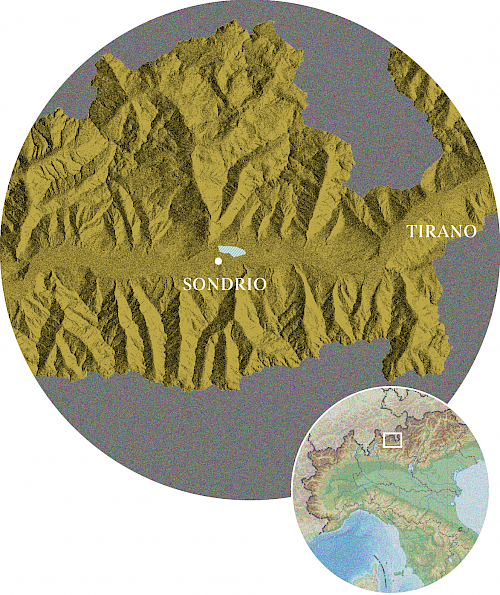
Looking up at the City of Sondrio, towards North, you can catch the whole essence of this historic subzone, a solid and articulated heart, for an overall of about 80 hectares. The geographical and cultural landmark of Grumello is its Castle. From which two sectors branch off. Just slightly below towards the province capital, we can find an important vineyard ‘characterized by rocky and steep terraces. Here different zones are situated: Ca’ Rossa, Ca’ Bianca and Sant’Antonio. Above the Castle the subzone is more linear and within it Area dei Dossi Salati and delle Prudenze are situated.
Also for Grumello the altimetric variability, extended from 350 up to 600 metres, is a key factor for the exaltation of differences.

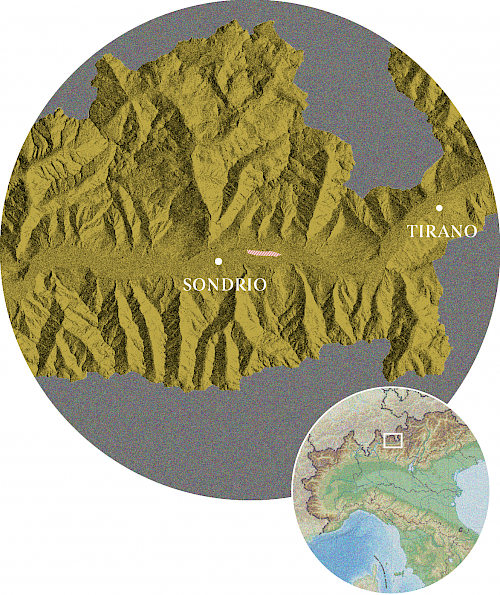 Inferno is a name that resounds aloud in the history of Valtellina wine.
Inferno is a name that resounds aloud in the history of Valtellina wine.
This famous subzone of 55 hectares stretches from west to east, just leaving the Grumello vineyards and the city of Sondrio behind. Inferno is a more compact area in terms of altitude (between 300 and 500 meters) while its vineyards are varied. The historical heart of the subzone is located in the centre, characterized by vertiginous slopes and southern exposure. Just above, in response to the soul of Inferno landscape there’s Paradiso, a ravine of land with slight slopes and cooler exposition. Further east is the Calvario area, while on the other side, on the border with Grumello. There are clayey traces around Runsc.
Inferno, together with Sassella offers termal sums on average higher compared to the other subzones of Valtellina Superiore.

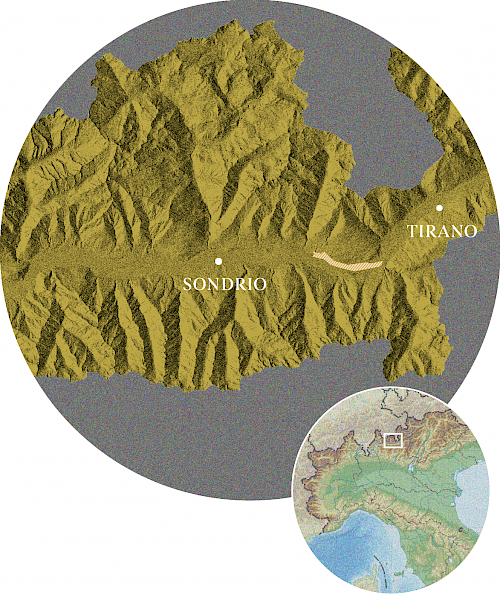 140 hectares animates Valgella, the largest and most varied subzone. It is considered a large promontory that slopes following the rocky spur. Valgella begins right after Chiuro, with Fracia zone to the west, and then veers south.
140 hectares animates Valgella, the largest and most varied subzone. It is considered a large promontory that slopes following the rocky spur. Valgella begins right after Chiuro, with Fracia zone to the west, and then veers south.
The name derives from valgel, a dialect expression to indicate small creeks which characterized the zone.
Compared to the other subzones, Valgella stands out for a lower level of rainfalls and a deeper soil even if the wideness and altimetric variability (from 350 to 650 meters) enrich the micro territory. We owe the best of Nebbiolo delle Alpi to the vine growers and producers, the protagonists of the territory and the landscape.


We owe the best of Nebbiolo delle Alpi to the vine growers and producers, the protagonists of the territory and the landscape
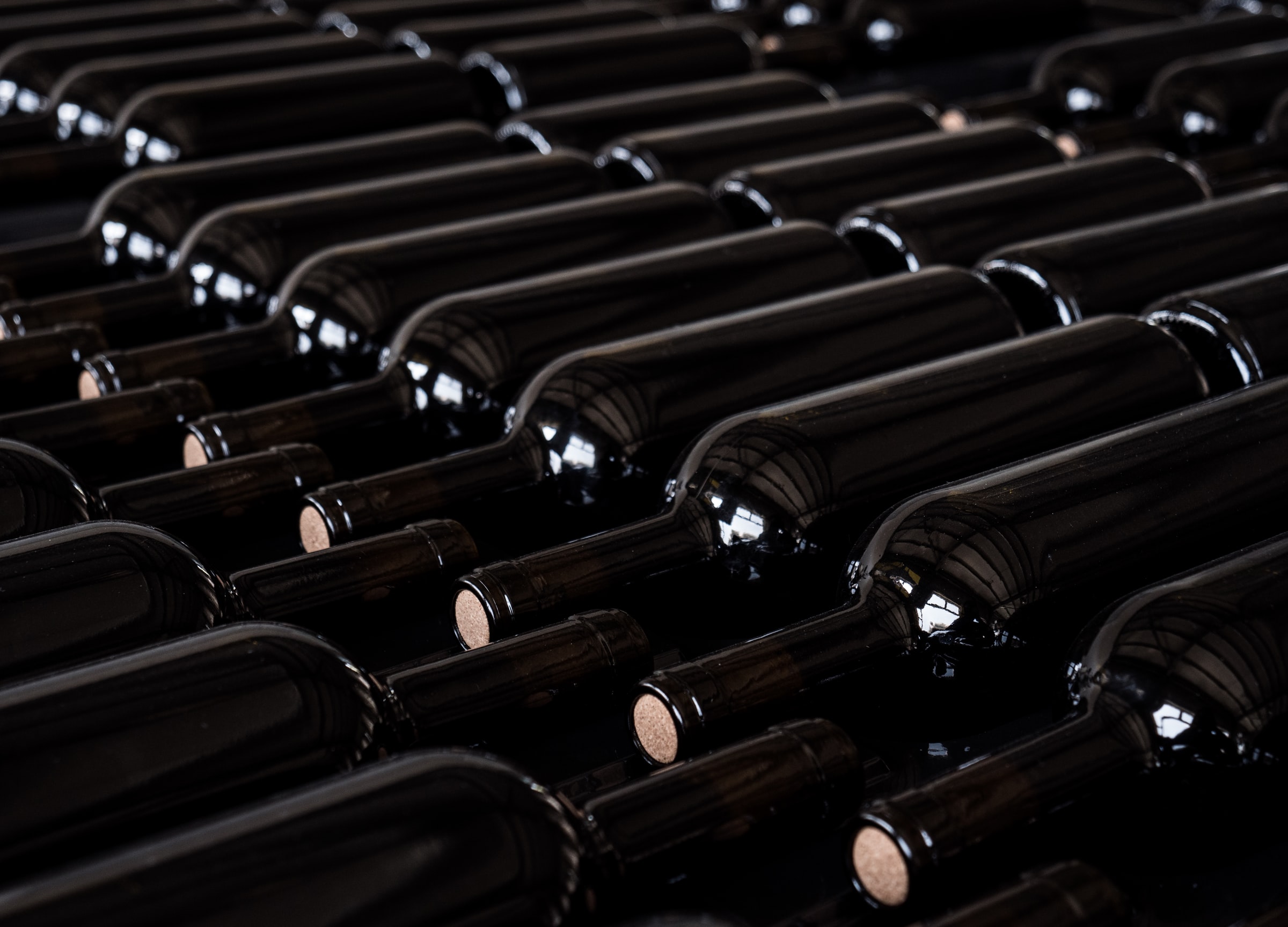
Rosso, Superiore, Sforzato. Valtellina wine denominations.
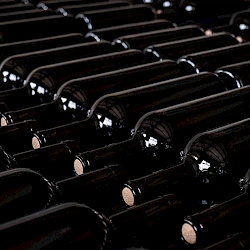
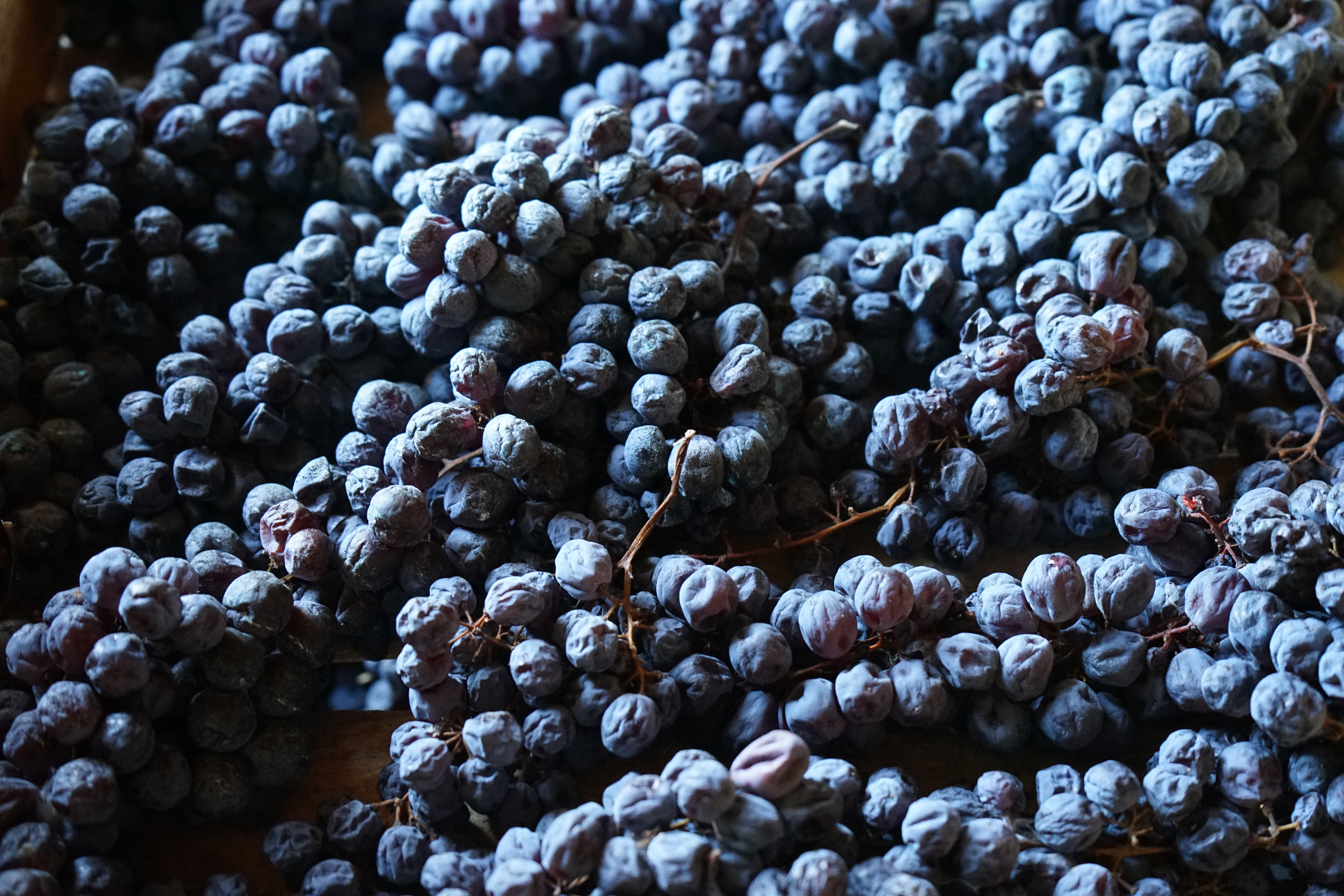
Sforzato, wine of territory and knowledge
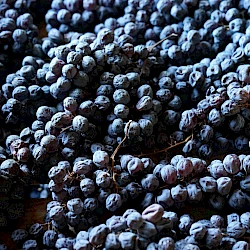
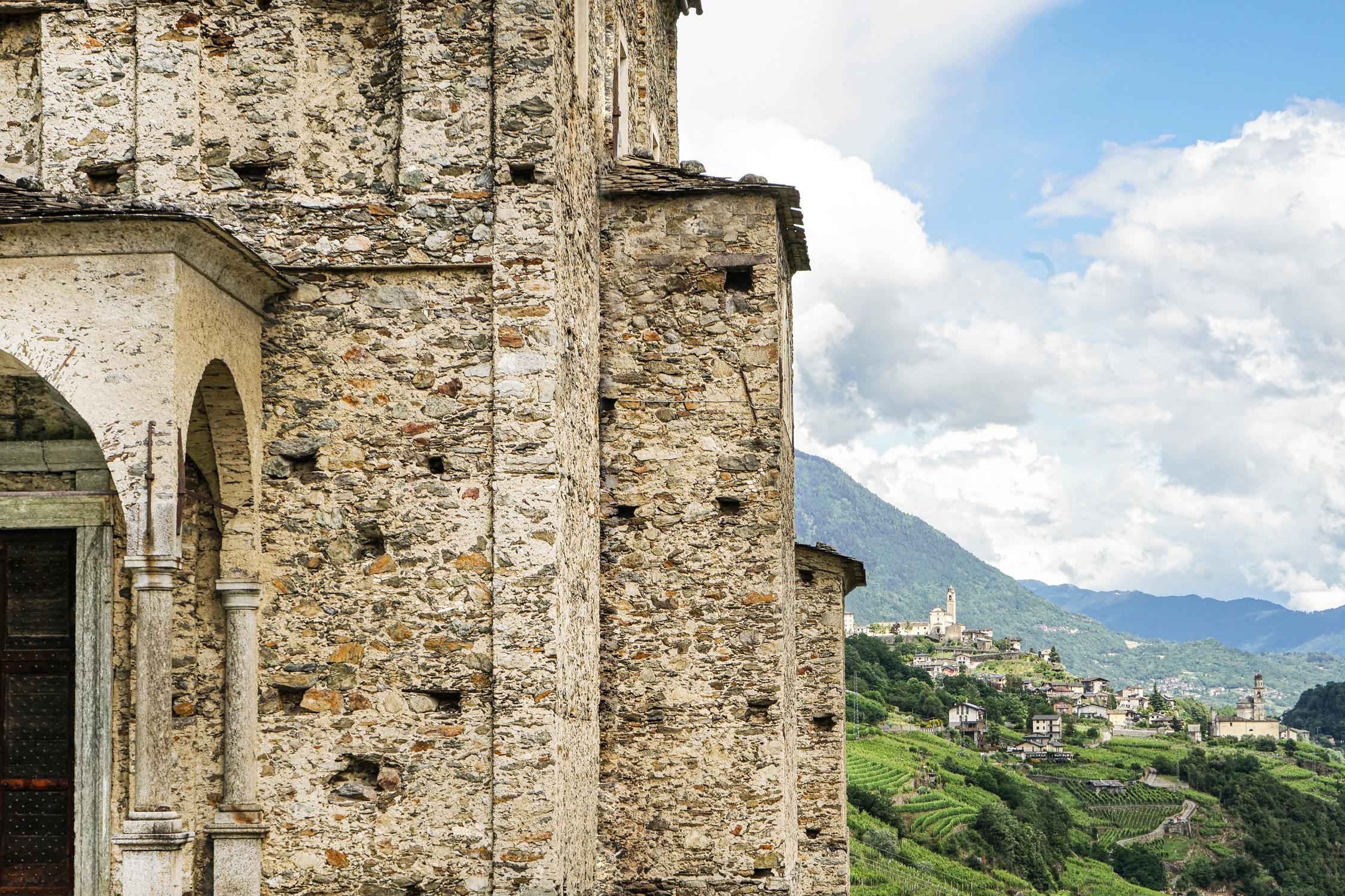
2000 years of history and identity of Valtellina wine
